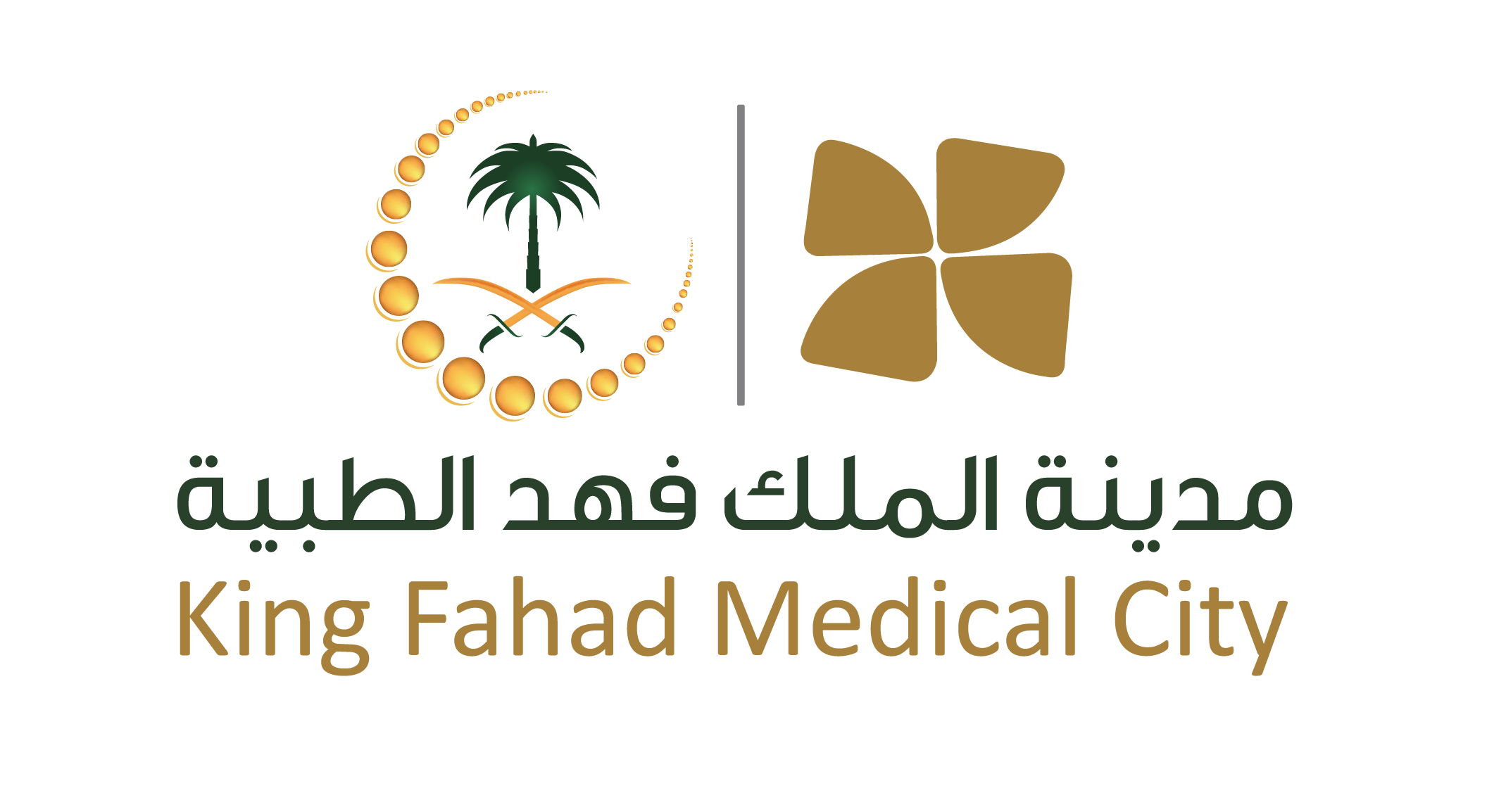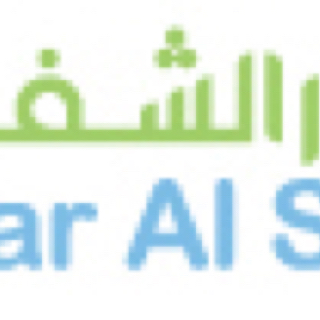Title Page
-
Site conducted
- MH
- RH
- WSH
- CSH
- NNI
- KSHC
- CCC
- CCNA
- ERNA
- ORNA
- ACNA (OPD)
- NASA
-
Unit
- Adult Endoscopy
- OHIPC
- Adult Renal Dialysis
- Medical Ward 8
- Medical Ward 7
- Medical Ward 6
- Medical Ward 5
- Male Surgical Ward
- Female Surgical Ward
- Surgical Ward 5
-
undefined
- WSH ED
- REIMD
- URO-GYNE
- L&D
- WARD 1
- WARD 2
- WARD 3
- WARD 4
- NURSERY
- GYNE-ONCO
-
undefined
- CCU
- Cardiac Ward 1
- Cardiac Ward 2
- Cardiac Telemetry Ward
- Cardiac Surgical Ward
- NIL
- ACCL
- PCCL
- Pediatric Cardiac Ward / PHDU
-
Unit
- Pediatric Endoscopy
- 2FW1
- 3FW1
- 3FW2
- 3FW3
- 3FW4
- 4FW1
- 4FW2
- PSRU
-
Unit
-
Unit
-
Unit
-
Unit
-
Unit
-
Unit
-
Unit
-
Unit
-
Conducted on
-
Prepared by
CLINICAL AREA AND STOCK ROOM INSPECTION FINDINGS
Infection Control
-
Type of isolation precaution displayed before each patient’s room and practiced appropriately
-
There are sufficient PPEs ready for use for each patient’s room.
-
PPEs used and disposed appropriately.
-
Range of negative and positive pressure for the isolation rooms regularly monitored and documented.
-
Hand rub dispenser available in ever patient’s room, toilet and nurse’s station.
Facilities
-
Each bedside call bell is functioning
-
No obstructions to (a) fire exits, (b) fire extinguishers, (c) fire boxes
-
Shut off valves are: (a) not obstructed, (b) labeled, (c) inspected (inspection card up-to-date)
-
Signs for emergency/fire exits are present, clear, working and leads path to exit.
-
Signs for “no smoking” and “wet floor” are clearly seen
-
Each patient’s bathroom has a non-slipping floor surface and handrails/bars.
-
Each patient bathroom has an emergency pull cord long enough for a patient in low position to reach (at least 20 cm from the floor level).
-
All Primary Nurses are able to demonstrate how to open the bathroom if it is locked from the inside.
-
Fire extinguisher and fire blanket available inside the patient and/or staff pantry.
-
Separate utility areas for clean and dirty equipment.
-
Fire equipment have been inspected and up-to-date.
-
Each room is with label or signage and functioning according to its signage.
-
Childproof outlet caps are in place in pediatric units or in areas where children may be present.
-
Only hospital provided extension cords used
-
Plugs and receptacles in good condition.
Stock Room
-
Stock room locked when not in use
-
Protective clothing and equipment for hazardous materials available
-
Hazardous materials stored in its original container and labelled clearly.
-
Hazardous materials are placed in a separate container on the lowest shelf with ‘Hazardous Materials’ signage on the shelf.
-
Blood and chemical spill kits available as required in the area
-
List of hazardous materials is up-to-date, contains information on how to use the material, its purpose, type, where it’s located, responsible person and quantities permitted to the stored
-
There is a list of required stock items inside the unit/ward stock room indicating the maximum, minimum and critical number required per week.
-
Stocks are stored and organized in an accessible manner that permits easy identification of supplies
-
Sterile items separated from non-sterile items.
-
Top items are 50 cm from the ceiling.
-
There is a heat/smoke detector and sprinkler.
-
Separate items kept in separate labelled containers or shelf space.
-
Heavy items at waist height.
-
Fluids are stored in lower shelves
-
Room temperature and humidity monitored and recorded if IV fluids are kept in the stock room
-
No boxes/items stored on the floor
-
Shelves and containers are clean and dust-free.
-
Items in the shelves arranged in a first-in first-out order.
-
No items that are expired or have an expiry date of less than 3 months.
Linen Room
-
Linen room is locked when not in use
-
Clean laundry covered in lockable linen room.
-
Clean linens stored separately from dirty/used linens
-
Problems with amounts, availability or quality are documented on a Linen Problem log and followed-up.
-
A minimum/maximum/critical quantity of linens required per day is maintained and recorded.
-
Laundry hampers are covered
-
No linen on the floor
Medication Room
-
Narcotic cupboard double locked.
-
Multi-use vials/bottles are labeled with expiration date with the date of opening, name and signature of Primary Nurse upon opening.
-
Medication storage areas (room and cart) locked (except when in use).
-
Medication cassettes labeled with the patient’s MRN and complete name.
-
No expired medications
-
Stock medication list updated regularly
-
KFMC Formulary and List of Approved/Not Approved Abbreviations available in the medication room.
-
Externally and internally used products separated in the medication cassette.
-
Medication room temperature and humidity monitored and recorded every shift.<br>a. Medication room temperature maintained between 15 to 25oC.<br>b. Medication room humidity is maintained between 35-60 RH
-
Medication refrigerator temp is maintained bet 2-8 C and is recorded every shift.
-
In the event when the refrigerator temp goes beyond or below prescribed temp:<br>a. An action was taken to correct the malfunction (notify pharmacy and Biomed)<br>b. Medications transferred to another refrigerator.<br>
-
Refrigerator PPM is up-to-date
Medical Equipment
-
There is an inventory of all medical equipment and their location in the unit/ward.
-
With up-to-date PPM stickers (testing date and due date).
-
Broken equipment removed or labeled/tagged if out-of-order.
-
Treatment trolleys clean and organized.
-
Stretchers with straps or side rails; wheelchairs with straps.
-
Oxygen tanks are stored in appropriate holders, out of entranceways and walkways – empty cylinders are separated from full
Notice Boards
-
KFMC Mission and Vision
-
Emergency disaster color codes
-
Fire response
-
Patient’s rights and responsibilities
Waste Disposal
-
Regular and infectious wastes disposed in appropriate containers. Not overfilled.
-
Sharps’ container lids must be fixed and no more than ¾ full at any given time.
-
Sharps containers present in appropriate locations.
Other Findings
-
Other findings not covered by the above criteria









